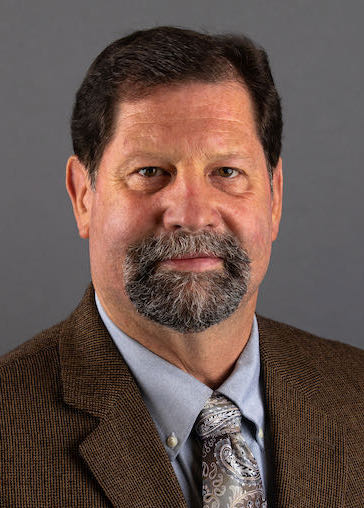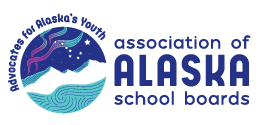Grateful but Concerned: Reflections on the 2025 Alaska Legislative Session

Lon Garrison, Executive Director, Association of Alaska School Boards
As the first session of Alaska’s 34th Legislature draws to a close, education leaders and public school advocates find themselves navigating a mix of gratitude and trepidation. What began as a bitterly divided session, defined by political brinkmanship and partisan gridlock, ended with a powerful affirmation of collective will — the successful passage and veto override of HB 57, a landmark education compromise bill. But even as we celebrate this hard-won progress, significant concerns remain about the road ahead.
For most of the session, education funding remained the most contentious and polarizing issue. The Base Student Allocation (BSA), Alaska’s primary education funding mechanism, had remained stagnant for over a decade, and districts across the state were bracing for financial collapse. Despite the overwhelming need for action, political factions remained entrenched. The governor, while projecting an image of cooperation, continually undermined real compromise by clinging to rigid positions and personal politics.
But in late April, something remarkable happened. Following the legislature’s failed attempt to override the governor’s veto of HB 69 — and with Alaska’s public schools teetering on the edge of disaster — a bipartisan group of legislators chose leadership over loyalty. They drafted amendments to HB 57, a truly collaborative education bill that merged a historic BSA increase ($700) with several policy provisions supported by the minority. The measure passed with a 48–11 vote, demonstrating that when lawmakers prioritize the needs of students, parents, and communities over partisanship, true progress is possible.
Disappointingly, Governor Dunleavy vetoed HB 57 on May 19, despite the bill containing many of his own policy proposals. Yet in a rare and commendable act of unity, the legislature overrode that veto the very next day, 46–14 — a supermajority reaffirming their commitment to Alaska’s public education system. This moment, more than any single action this session, embodied leadership defined by character, compromise, and courage.
Such success would not have been possible without the unwavering efforts of countless education partners who helped drive the conversation forward. AASB, alongside the Alaska Superintendents Association, NEA-Alaska, Great Alaska Schools, the Coalition for Education Equity, the AFL-CIO, and others, worked tirelessly to ensure legislators understood the urgency of the moment and the stakes for Alaska’s students. Our gratitude also extends to Alaska’s media, whose relentless coverage kept the public informed and engaged.
However, celebration cannot mask the challenges ahead. Alaska still lacks a comprehensive fiscal plan. Without sustainable revenue solutions, even this year’s success risks being a fleeting reprieve. We continue to operate in a toxic political environment, one amplified by social media and echo chambers that reward extremism over collaboration. Too often, the middle ground is treated as weakness — when in fact, it’s where real solutions live.
Alaska’s children need more than politics as usual. They need policymakers with the character to compromise, the humility to lead collaboratively, and the wisdom to prioritize long-term opportunity over short-term wins. That means resisting the urge to belittle opponents, acknowledging when others bring value to the table, and working together to build a public education system worthy of every student.
We must also guard against complacency. The exhaustion felt by parents, educators, and communities is real. Many are “played out” from years of underfunding, uncertainty, and emotional strain. Their capacity to engage in advocacy is waning, and that should concern us all. Legislators must carry the lessons of this session forward and not return in January to the familiar divisions.
As we reflect on this turning point, we must ask ourselves: What legacy are we leaving behind? As a grandfather, I think about what kind of Alaska we’re building for the next generation — for children like my grandson, Charlie. That question must remain at the heart of every policy decision we make.
Finally, I wish to extend a heartfelt thank you to AASB’s tireless advocacy team — Andrea Watts, Norm Wooten, Steve Nelson, and Emily Ferry — whose passion and persistence helped carry this message to every corner of the Capitol.
We are grateful. But we remain deeply concerned. The work is not over. Let’s not waste the opportunity this session has given us to chart a better course forward.
— Lon Garrison, Executive Director, Association of Alaska School Boards
